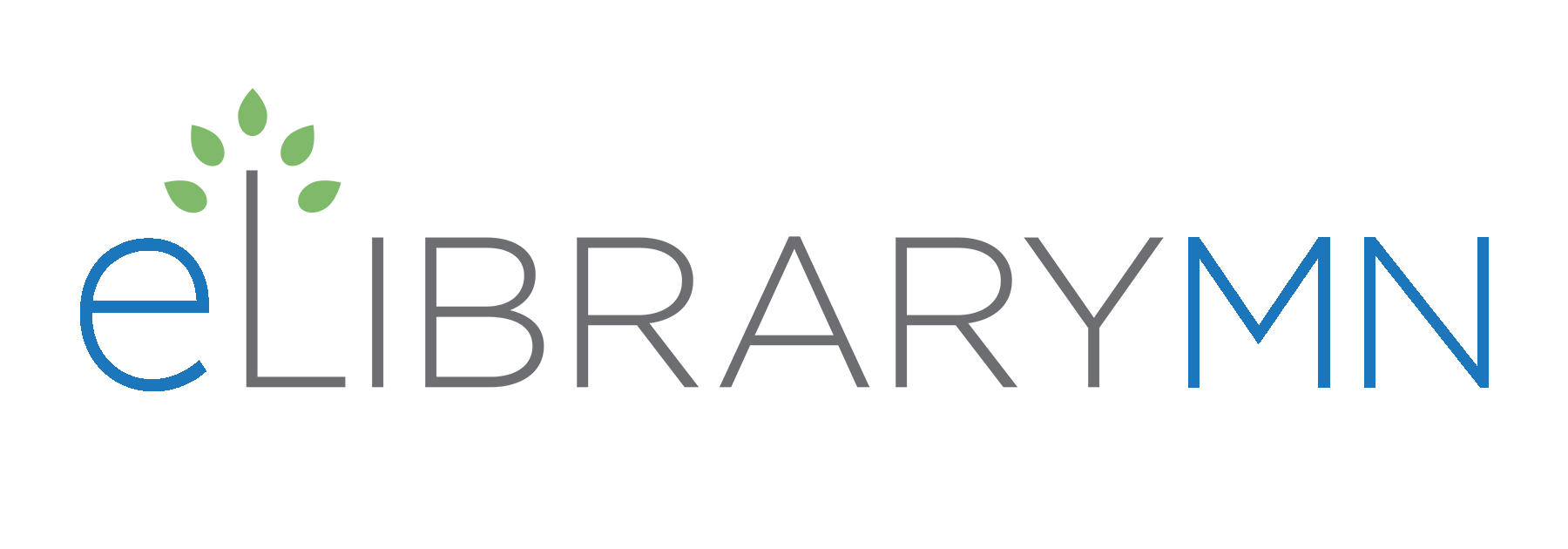Quick Summary
Given current events both nationally and locally, a recent opinion piece in Education Week’s Commentary section grabbed my attention. Written by a Minnesota professor, I think the piece is particularly challenging and worthy of discussion. Jeffrey Aaron Snyder, Ass

Given current events both nationally and locally, a recent opinion piece in Education Week’s Commentary section grabbed my attention. Written by a Minnesota professor, I think the piece is particularly challenging and worthy of discussion. Jeffrey Aaron Snyder, Assistant Professor of Educational Studies at Carleton College, wrote Social Justice Isn’t the Only Reason to Teach About Race and with it made a case for a U.S. history curriculum that places race at the heart of American society and history. Furthermore, applying the work of historian Carter G. Woodson (whose parents were born into slavery), argued for an inclusion of race discussion and study independent of the case for social justice.
The real power of Woodson's movement, though, was the insistence that black history was our history.
Hopefully, it goes without saying that the inclusion of race in the curriculum is essential to a more accurate portrayal of U.S. history. However, the approach is everything. Snyder argues that if a teacher takes a colorblind approach, for example, his or her students will never be able to make sense of U.S. history. Equally as faulty would be an approach that is entirely through the lens of social justice. The former argument may not be as surprising or controversial to some as the latter. For instance, some may argue race and social justice cannot or should not be separated. Through Woodson’s work, however, Snyder builds a case for ensuring the curriculum not be left vulnerable to overt political objectives and partisan views on either side of the spectrum which could give rise to “history made to order.”
To be clear, Snyder emphasizes that we want our students to have a positive impact on the world by working for social justice. But it’s equally important that they first understand the history and role of race in American society. The ultimate vision that Snyder offers is one in which social justice is achieved through teaching history with race at its center.
From Woodson's point of view, race was an essential element of U.S. history. To ignore it would be like teaching biology without mentioning carbon.
So, bearing this perspective in mind, what is the role of libraries? If it’s our job to make connections between needs and resources, to provide space, and to collaborate in sustaining and teaching a curriculum, then what are the ways in which we can accomplish that? What can we do to support, and in some cases, help design a curriculum that will bear the fruits of social justice? How can we bring other themes to the curriculum such as gender to highlight intersectionality? Do we as library staff have any particular freedoms or special responsibilities in our jobs that afford us unique opportunities? Please share your thoughts and what you or your colleagues are doing in your library to address these needs in the comments section below.
[Note: Image used above is titled The Library by Jacob Lawrence (1960). You can access the entire painting in ELM’s CAMIO database. I find the description for The Library in CAMIO important to include here. “Jacob Lawrence’s view of a library filled with readers recalls his childhood experiences when he frequently visited the 135th Street Public Library in Harlem. This institution was the site of lectures on African and African American history and was home to the largest accumulation of black studies materials in the world—a treasury of resources that contributed to a new black consciousness, helping to inspire the Civil Rights movement.”]
